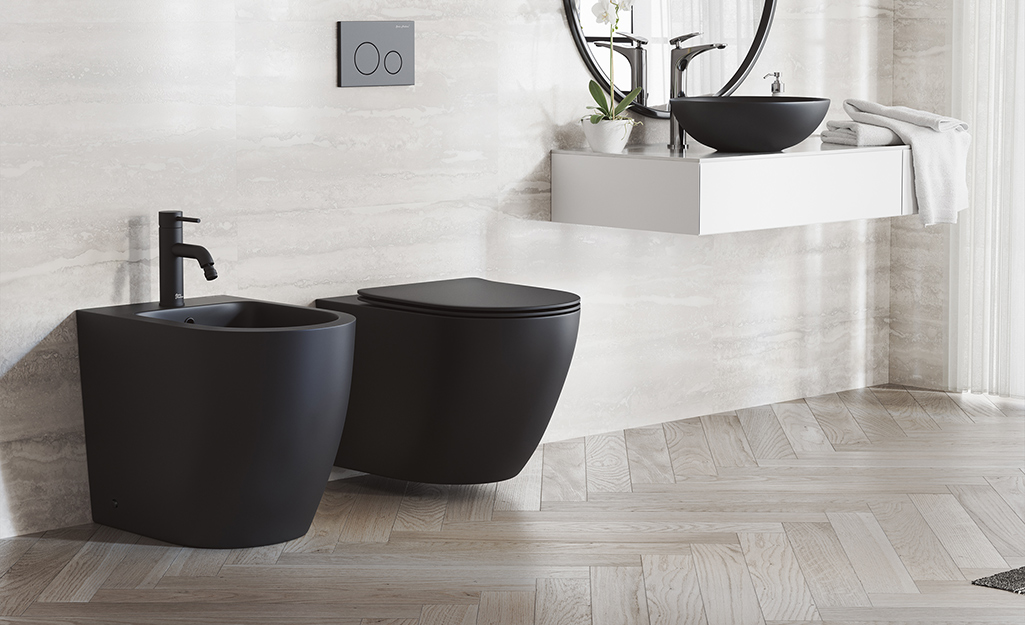
Dual Flush vs Single Flush Toilets: Which One Suits Your Home?
Share
Choosing the right toilet can feel straightforward, especially when considering dual flush vs. single flush toilets; however, this decision involves a variety of factors that both tech lovers and homeowners will find important. This article delves into the details, advantages, and possible downsides of each option, empowering you to make the best choice for your needs.

Getting to Know the Basics
Single Flush Toilets: The Traditional Option
Single flush toilets remain the conventional selection in many residences. These units use a uniform amount of water for each flush, making them easy to operate. Nevertheless, as awareness of water conservation increases, many people are reassessing their effectiveness.
Typically, single flush toilets consume between 1.6 to 3.5 gallons per flush (GPF), which can accumulate to substantial water usage over time. For environmentally aware individuals or those residing in water-scarce regions, this may not be the most sustainable choice.
Dual Flush Toilets: The Contemporary Answer
On the other hand, dual flush toilets present two flushing options: a low-volume flush for liquid waste and a full-volume flush for solid waste. This design enables you to save water while maintaining performance. Dual flush toilets use approximately 0.8 GPF for liquid waste and 1.6 GPF for solid waste.
This innovative design not only reduces water bills but also aligns with modern sustainability initiatives. The dual flush system is particularly suitable for those interested in decreasing their ecological impact.
Technical Insights and Innovations
The Engineering Behind Dual Flush Systems
Engineered with a split button or lever, dual flush toilets activate varying flush volumes. This system features an advanced valve design that manages water flow more accurately compared to traditional toilets. Tech enthusiasts will appreciate the mechanical sophistication and environmental benefits of these systems.
Water Efficiency and Environmental Responsibility
Switching to a dual flush system can lead to considerable water savings. According to Low Flow Pros and Cons, households can save thousands of gallons yearly by selecting more water-efficient toilets. This is crucial for areas experiencing water shortages or for those aiming to lower utility expenses.
Moreover, adopting such technologies contributes to global water conservation efforts, a topic that is increasingly vital in discussions surrounding climate change.
Cost Considerations and Practicality
Initial Costs vs. Long-Term Benefits
While dual flush toilets may demand a higher upfront investment compared to single flush models, the long-term savings in water expenses can compensate for this initial cost. Smart Plumbing Systems indicate that this investment pays off for anyone committed to water conservation.
Furthermore, for the DIY-oriented homeowner, installing dual flush systems can be a fulfilling project that further cuts down on plumbing service costs.
Maintenance and Longevity
Both toilet types necessitate regular maintenance to keep them running smoothly. However, dual flush models may need more frequent checks due to their intricate mechanisms. Still, the durability and sophisticated features often justify the maintenance required.
For those intrigued by advanced plumbing technology, looking into features like self-cleaning functions or smart sensors in dual flush toilets could provide both convenience and efficiency.
Final Thoughts
Your choice between a dual flush and a single flush toilet ultimately hinges on your priorities. If water conservation and sustainability top your list, opt for a dual flush toilet. Those who prefer straightforwardness and lower initial costs might find a single flush system adequate.
Tech enthusiasts keen to explore the cutting-edge advancements and environmental advantages of dual flush toilets can visit resources such as This Old House, which offers insights into water-saving toilet technology.

Frequently Asked Questions
Why are dual flush toilets often viewed as eco-friendly?
Dual flush toilets are engineered to consume less water for liquid waste, ultimately lowering overall water usage and supporting environmental sustainability efforts.
Can I install dual flush toilets with my existing plumbing?
Yes, most dual flush toilets are compatible with standard plumbing systems, though it is wise to seek professional advice for complicated installations.
Are dual flush toilets prone to leaks?
While dual flush systems consist of more components, routine maintenance can avoid leaks and ensure optimal functioning.
This article contains affiliate links. We may earn a commission at no extra cost to you.
